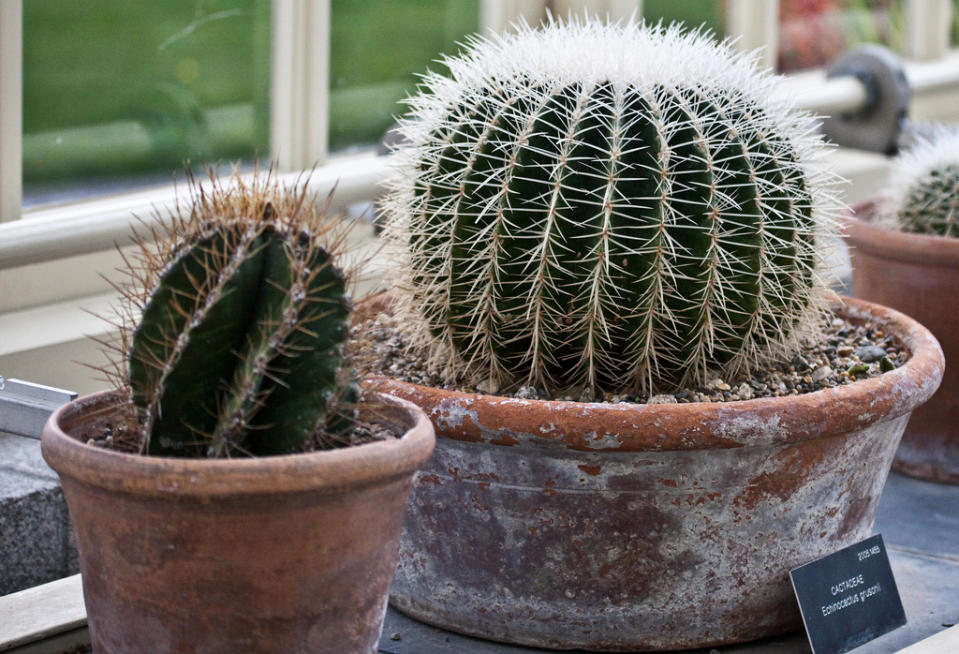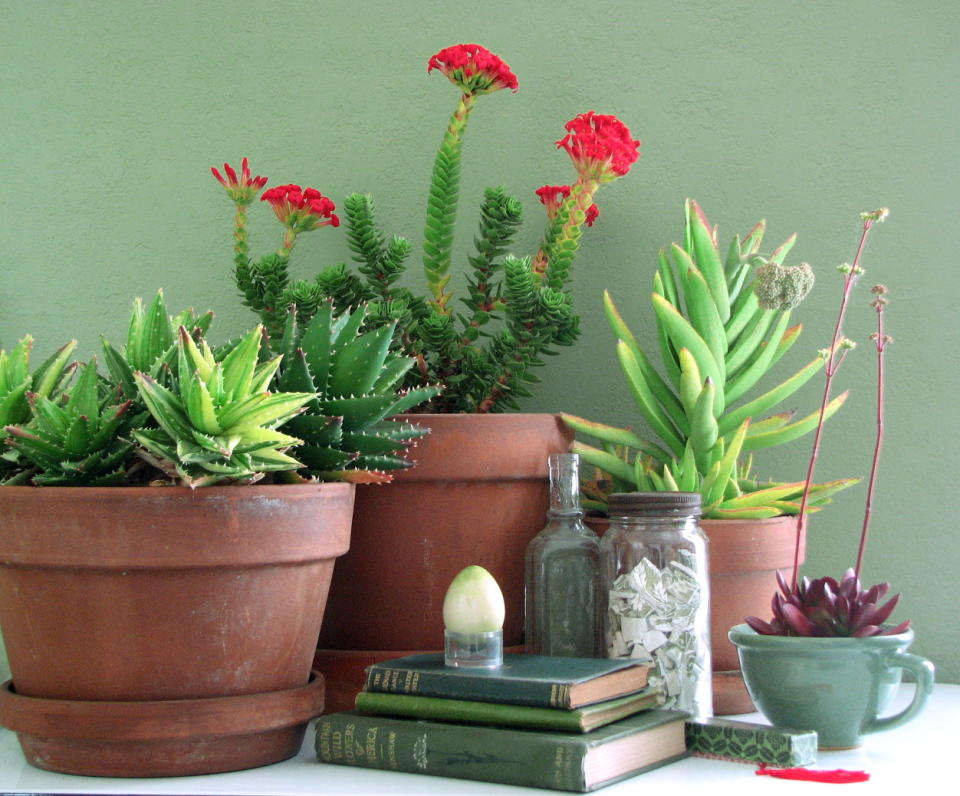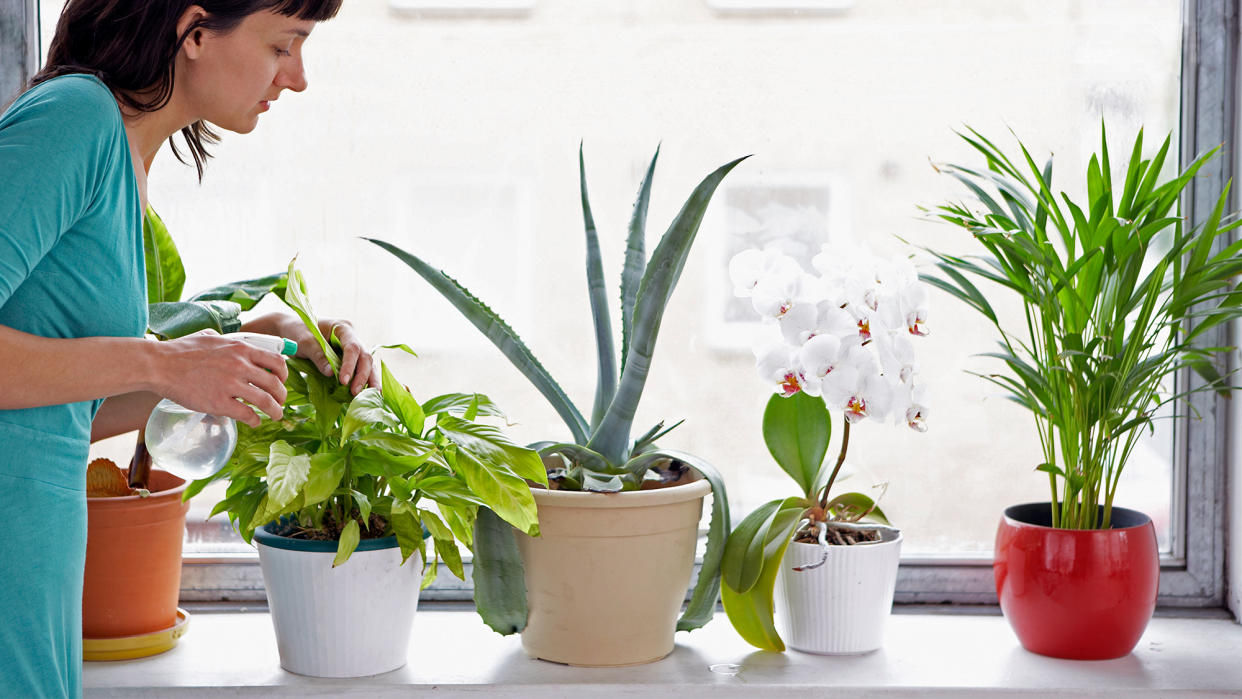How to Cultivate Indoor Plants in the Concrete Jungle
City life is great. You can buy all kinds of amazing food on the street (often in convenient taco form!). You’re just a couple of minutes away from whatever you may need or want. You never have to pay for parking, because you’ve got that insider where-the-meter-maids-don’t-go knowledge—that is, if you even feel the need to have a car. Amazon (probably) delivers to you in two hours.
The urban jungle has just about everything. Except for one thing: It isn’t a jungle at all.
That’s what drove Eliza Blank, a native of Northampton, MA, to open a one-stop urban gardening shop, The Sill, after nearly a decade living in New York City.
“Like many transplants, the first thing that struck me is the lack of foliage in Manhattan,” says Blank. “It simply doesn’t exist the same way here as back home.”
If you’re missing that bit of greenery, there’s a solution: Grow your own!
Blank has become something of a flora therapist: She connects city folk with the right indoor plants for their home, office, and lifestyle. So we nabbed some tips about how to outfit your own urban space with greenery—no matter how big or small, sunny or shady it is. Happy growing!
Plan(t) carefully

Before you run to buy out the local gardening center, you need to plan ahead—you don’t want to end up with too many plants, or not enough space, two sides of the same problem. Start by mapping out where you can reasonably put all that flora. Keep in mind, not all indoor plants need a ton of light. Some will do fine surviving off the light streaming from your teeny bathroom window, but most will need at least a few hours of decent sun exposure a day.
Once you know where your plants will live, measure the spaces and mark each measurement according to how much sunlight it will get.
And don’t forget to make note of what kind of indoor plants you don’t want. Have a curious toddler? You probably want to steer clear of the prickly cactus. Have pets? The ASPCA has a massive database of plants to avoid.
Once you have a basic framework, you’re almost ready to start buying—that’s the fun part! You may even want to enlist an expert. Who wants to lug a huge houseplant up six flights to a 200-square-foot space? Not us! A local plant pro can delicately point out the pros and cons.
Look for the easy payoff

If this is going to be your first trip inside a gardening center, prepare yourself: There’s an amazing variety of plants available for homes, and they’re all at different levels of neediness. It will help if you know what you’re after.
Looking for a seedling you can nurture through the seasons, patiently waiting for the first bloom? There’s a plant for that.
Want a plant that will start giving up the goods right away? Just choose with (relatively) instant gratification in mind.
“My favorite plant is philodendron because it grows so quickly,” Blank says. “It’s constantly unfurling new leaves. That’s the kind of feedback we often need.”
Start simple

It’s really easy to walk in to the gardening center, see all the amazing tropical plants with the pretty neon-colored blooms, and go a little crazy, but those plants (and many other varieties) are hard to keep, especially for a newbie.
It might be better to start yourself off slow and stick with something that will forgive you if you forget to water it one week (or three).
The aforementioned philodendron, the ZZ plant, and the snake plant are very popular for city folk—they have a high tolerance for mistreatment.
Succulents are also easy and always on trend—but don’t get too excited, East Coasters.
“They’re better in California than in New York, where we don’t have the same sunlight,” Blank says.
Plant parenthood

Now that you’re back from the gardening center and officially a plant parent, it’s time to start acting like one.
“Plants are a gateway into adulthood,” Blank says. “They’re not a baby or a pet, but they are something you have to take care of. This is something you own that you get to see grow naturally right in front of you.”
Your plants will likely come with potting, watering, and feeding instructions. Take the advice we learned from many, many failed gardening attempts, and follow the instructions. There aren’t any? Look them up! Don’t just wing it. (Seriously. Did we mention the many, many failed attempts?)
To keep track of the watering and any other needs, check the label again for the recommended times and set up an old-fashioned calendar reminder. Too lazy? Prone to ignoring your calendar notifications? Go high-tech with an app like Waterbug.
Now sit back and watch your green babies grow.
Shira Levine contributed to this article.
The post How to Cultivate Indoor Plants in the Concrete Jungle appeared first on Real Estate News and Advice - realtor.com.
Related Articles



